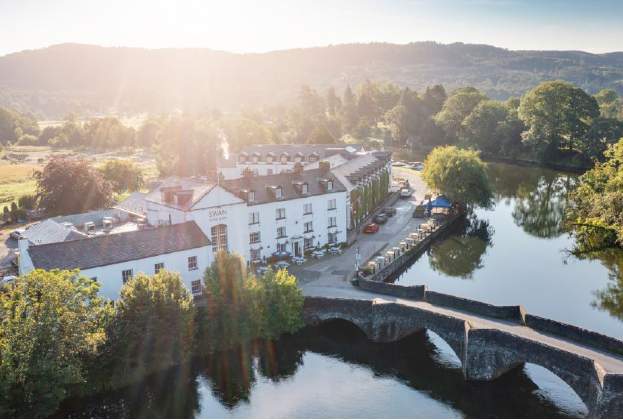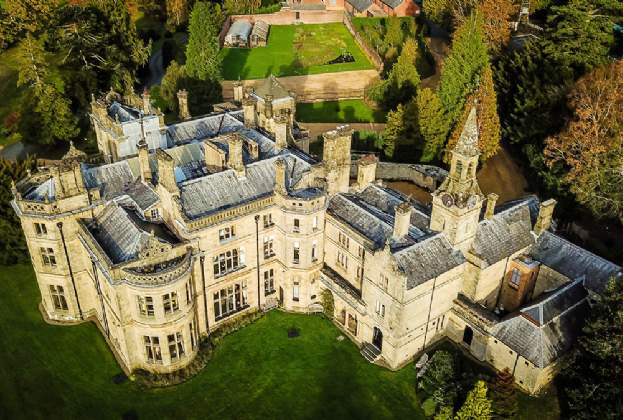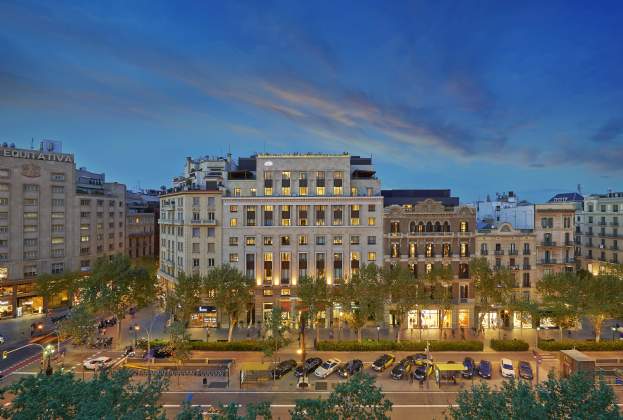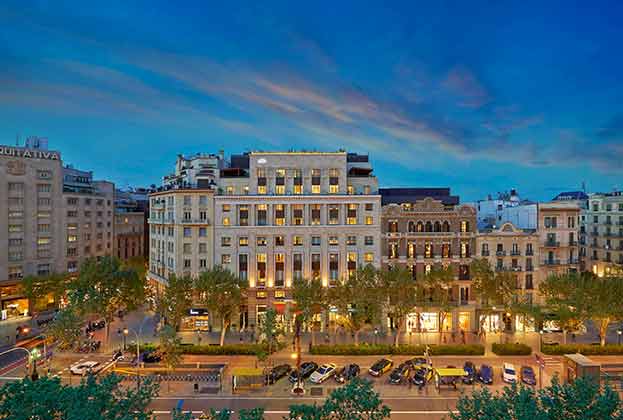Over the last two decades, European luxury hotel stays have experienced sustained growth, boosted by a lasting post-pandemic surge in demand.
Luxury hoteliers, looking to capitalise on this demand, have responded by raising room prices, driving Average Daily Rates (ADRs) to new heights, particularly in cosmopolitan hubs like London where they have increased by as much as 38% since the pandemic.
This has also sparked a wave of expansion across Europe, with luxury brands strategically securing new locations under asset-light management contracts, to capitalise on the evolving market dynamics.
Savills has collated new openings data for a select number of luxury hotel providers including Mandarin Oriental, Four Seasons and Belmond. In terms of room numbers, between 2023 and 2028 we expect a 52.8% increase in existing luxury hotel stock in Europe, equating to circa. 4,000 new rooms.
In the five years preceding the pandemic, the industry saw an average year-on-year growth rate of approximately 2.6%. The five year post-pandemic (2023 - 2028) average growth rate is set to be almost quadruple that, predicted to reach 10%. This will be fuelled by rapid expansion from Mandarin Oriental, which is set to open nine new hotels across Europe, building upon its existing stock of 13 hotels. Additionally, Six Senses plans to triple its current European provision, with the opening of 15 more hotels by 2028.
At present, rooms in urban locations account for 74.7% of total European stock. But taking into account pipeline developments, this is due to drop to 67.1% by 2028.
This is because, while some brands remain focused on urban locations for a majority of openings, many others are taking steps to diversify their portfolios into resort locations. Notably, Rosewood is set to launch its first resort location in 2024 by opening a 98-bed asset on the outskirts of Salzburg, Austria.
Pre-pandemic, the five-year average growth rate in resort rooms outstripped that of urban locations, sitting at 3.7% and 1.8% respectively. Post-pandemic this trend continues, with resort average growth rate sitting at 10.3%, still slightly exceeding that of urban locations at 9.4% (see chart below).
The entrance of new luxury hoteliers into fresh European destinations also presents an exciting opportunity for expanding retail provision. Many luxury hotels incorporate retail spaces on the ground floor, offering the potential for retail expansion alongside hospitality ventures. Examples include:
Portrait Milano has assumed control of the impressive 3,000 sq m piazza, bordered by a striking double collonaded loggia. The first floor will be dedicated to 73 rooms and suites, while the ground floor, now known as the new Piazza del Quadrilatero, will feature restaurants, boutiques and a wellness centre.
The Peninsula London’s lavish ground-floor shopping arcade boasts nine luxury boutiques spanning over 1,000 sq m of space. Accessible through the hotel lobby, the arcade provides guests with direct entry into the retail area, enhancing the overall experience.
Four Seasons Madrid - Spain's inaugural Four Seasons property features a circa. 1,500 sq m retail space located within the esteemed Galería Canalejas shopping centre, bringing together a collection of the world's most exclusive luxury brands. Additionally, the property boasts a food hall, offering one of Spain's most distinctive gastronomic experiences, spanning over 4,000 sq m.
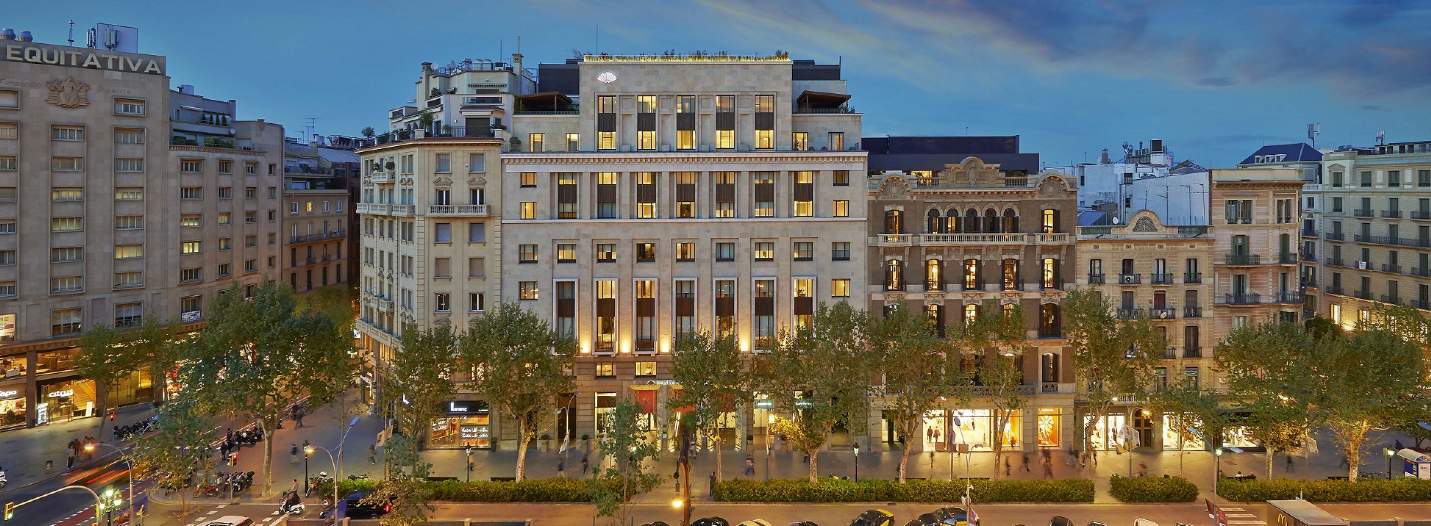


.jpg)

